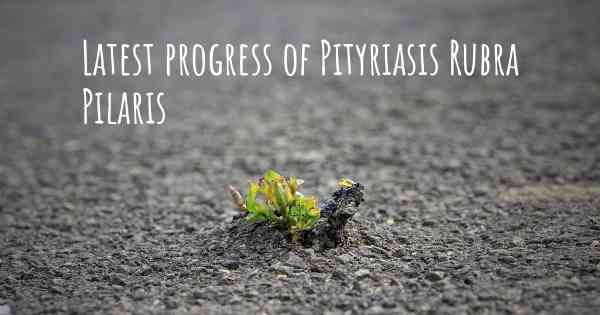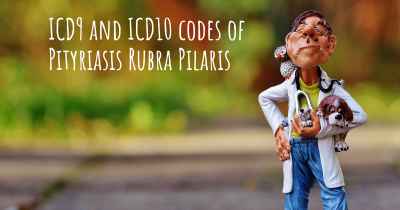What are the latest advances in Pityriasis Rubra Pilaris?
Here you can see the latest advances and discoveries made regarding Pityriasis Rubra Pilaris.

Pityriasis Rubra Pilaris (PRP) is a rare and chronic skin disorder characterized by reddish-orange scaly patches, thickening of the skin, and the formation of small bumps. While the exact cause of PRP is still unknown, recent advances in research and treatment have shed light on this condition, offering hope for improved management and quality of life for patients.
1. Genetic Discoveries
Recent studies have identified several genetic mutations associated with PRP, providing valuable insights into the underlying mechanisms of the disease. These discoveries have highlighted the involvement of genes related to immune system regulation, skin barrier function, and inflammation. Understanding the genetic basis of PRP opens up possibilities for targeted therapies and personalized treatment approaches.
2. Improved Diagnostic Techniques
Accurate diagnosis of PRP is crucial for appropriate management. Advances in diagnostic techniques, such as genetic testing and skin biopsies, have enhanced the ability to differentiate PRP from other similar skin conditions. These tools enable dermatologists to make more precise diagnoses, leading to tailored treatment plans and improved patient outcomes.
3. Biologic Therapies
Biologic therapies, which target specific molecules involved in the immune response, have shown promising results in the treatment of PRP. Drugs such as TNF-alpha inhibitors, IL-17 inhibitors, and IL-23 inhibitors have demonstrated efficacy in reducing inflammation and improving symptoms in some PRP patients. These targeted therapies offer a more focused and potentially more effective approach compared to traditional systemic treatments.
4. Retinoid Therapy
Retinoids, derivatives of vitamin A, have long been used in the treatment of various skin disorders. Recent studies have shown the potential benefits of retinoid therapy in PRP management. Acitretin, a retinoid medication, has been found to improve skin lesions, reduce scaling, and alleviate symptoms in some PRP patients. Further research is underway to optimize retinoid treatment protocols and explore their long-term efficacy.
5. Supportive Care and Patient Education
While there is no cure for PRP, advancements in supportive care and patient education have significantly improved the quality of life for individuals living with this condition. Dermatologists and healthcare providers now have a better understanding of the disease progression, potential triggers, and management strategies. This knowledge allows for more comprehensive patient education, including lifestyle modifications, skincare routines, and psychological support.
6. Collaborative Research Efforts
Collaborative research efforts among dermatologists, scientists, and patient advocacy groups have accelerated progress in understanding PRP. These collaborations facilitate the sharing of knowledge, resources, and patient data, leading to a deeper understanding of the disease and the development of innovative treatment approaches. The collective efforts of the scientific community offer hope for continued advancements in PRP research and management.
In conclusion, recent advances in the understanding and treatment of Pityriasis Rubra Pilaris have brought new hope to patients. Genetic discoveries, improved diagnostic techniques, targeted biologic therapies, retinoid therapy, enhanced supportive care, and collaborative research efforts have all contributed to a better understanding of the disease and improved management strategies. While there is still much to learn, these advancements pave the way for more personalized and effective treatments, ultimately improving the lives of individuals living with PRP.








